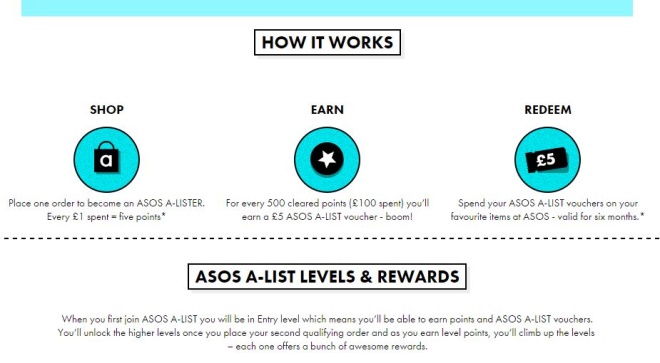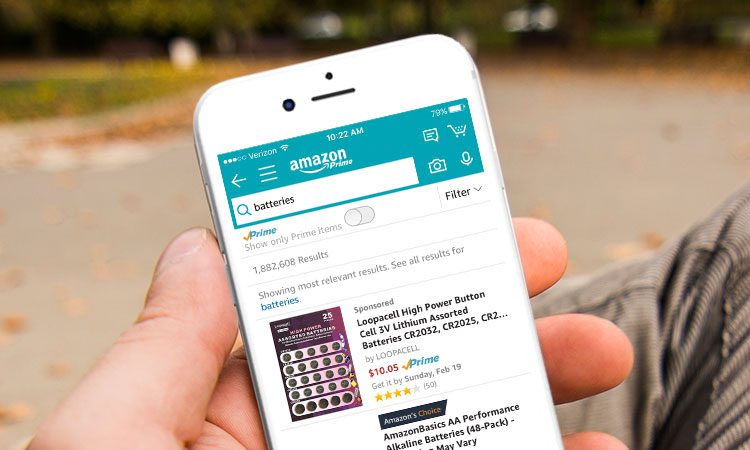A look at how companies are looking to improve customer retention, with the help of some ecommerce experts…
A company’s current customers are often the most valuable, but how can retailers identify and retain these shoppers?
I asked several ecommerce experts for their tips on increasing LTV, and some of the companies that are doing this effectively.
What Are the Best Ways to Increase Customer Lifetime Value?
Linda Bustos, Director of Merchant Strategy at WebLinc:
Merchandise, merchandise, merchandise. If you’re selling brands and products that can easily be found on Amazon, customer loyalty is not something you can bank on. Make merchandise your value proposition.
One advantage online retailers have over Amazon is streamlined product offerings, navigation and the opportunity for guided selling. Make it easy to discover and purchase amazing products, and you increase the chances customers will enjoy purchasing from you again.
Zoe Ward, Optimisation Strategist at PRWD:
Turning existing customers into repeat customers doesn’t happen automatically. This is where a customer loyalty program can help.
Rewarding loyalty works well because providing a reward each time helps to positively reinforce a behaviour and this can encourage habit forming behaviours. The end goal here is that choosing a brand becomes an automatic choice, and customers will repeat purchase rather than abscond elsewhere.
There are many diverse ‘reward programs’ out there from point systems to offering exclusive deals or experiences. Choosing the right method for the right business and customer is crucial.


James Gurd, Owner and Lead Consultant at Digital Juggler:
Provide the most amazing customer service proposition you can to make it hard for people to want to shop elsewhere.
That means great product, competitive pricing, efficient delivery, great after care, responsive customer service etc.
Kristine Kirby, Managing Director, Digital at Pragma Consulting:
Segment your customers and having a value exchange with them so they know you want to learn more to service them better.
Generally, customers are happy to share information as long as they know it is going towards personalisation and curation; you are recognised by the company as you, and not just a number.
If a company segments well, you find they are putting the right product in front of the right consumer, and with every transaction more value is gained, and if a company does this well, the increase in LTV happens naturally.
Loyalty programs are good, but in the end consumers are time poor but are willing to pay more to a company that tailors an offer to them, curates for them, and recognises them, and shows that they value them.
Will Wynne, CEO and Co-Founder at Arena Flowers:
We aim to get the marketing, and communications, and conversion rate elements right, and then to focus on quality of selection and of product, meaning we sell more on individual orders, gain more orders from customers over their lifetime.
We also focus in a couple of extra areas that anyone who’s delved into Customer Lifetime Value significantly may recognise.
For example:
- If a customer reaches & places a second order, they are much more likely to order again. Therefore ‘first to second order’ is something useful to look at.
- We measure net promoter score on every order (both at the time of transaction, and post-fulfilment) which helps. We go through the feedback that comes in from this in a good amount of detail, and both the scores & feedback are transparent between the various teams.
Which Retailers Are Doing This Well?
Zoe Ward:
Starbucks Rewards is often regarded as one of the best retail customer loyalty programs in existence. They have created a loyal following of customers both with their customer experience and revolutionary rewards program
The Starbucks app gives the program an edge that other standard card only programs do not have. It allows customers to pay with their phone, order ahead and redeem ‘star rewards’ along with many other features.
For Starbucks, loyalty is speed (quick checkout), personalisation (your coffee, your way) and the chance to feel exclusive and important.


James Gurd:
Zappos is a good example of using customer service to fuel retention and LTV. They made free returns a core part of the service proposition from the start, one of if not the first retailer to offer this, and that led to increased order values and frequency.
Their biggest returners are some of their most profitable customers – they may return more than most, which costs the business, but they also buy more frequently and often at a higher order value.


Will Wynne:
The most obvious example is Amazon. I’ve heard that the two main focus areas for them in any product or business area are customer experience, and logistics.
If you think about those, they are the areas that are most likely to lead to higher lifetime value.
The third element there is of course product range, and Amazon are continually broadening that out to the point it covers almost everything. We sell some of our bouquets via Amazon, and therefore get to see the other side of this, as well as being customers of both their products and business services.


Kristine Kirby:
Companies that are newer now realise how important data and LTV is, so it is woven, as it should be, into their strategy from day one.
It is then easier to reach the desired outcomes the company sets out when there is a clear integrated strategy that balances the retailers needs with the customers wants, needs, or desires.
Warby Parker and Everlane have mastered this from day one, and they keep raising the bar. Baujken does this well too, especially when combined with their sister company Isabella Oliver.
M&S has actually ramped it up in the past year or two with the introduction of the Sparks card. They do a good job of ‘listening’ to what the data points are telling them about what customers want, need, or aspire to have.
Speak to an expert
Learn how to convert your online audience into revenue with our experts.
Graham Charlton
Graham Charlton is Editor in Chief at SaleCycle. He's been covering ecommerce and digital marketing for more than a decade, having previously written reports and articles for Econsultancy. ClickZ, Search Engine Watch and more.








![Valentine’s Day Ecommerce Tips and Trends [2024 Strategy]](https://www.salecycle.com/wp-content/uploads/2019/01/valentines-ecommerce-1.png)




![How SaleCycle helped Vodafone increase their online sales by an additional 2,000 additional sales per month [Extended Version]](https://www.salecycle.com/wp-content/uploads/2023/08/vodafone-banner.webp)




